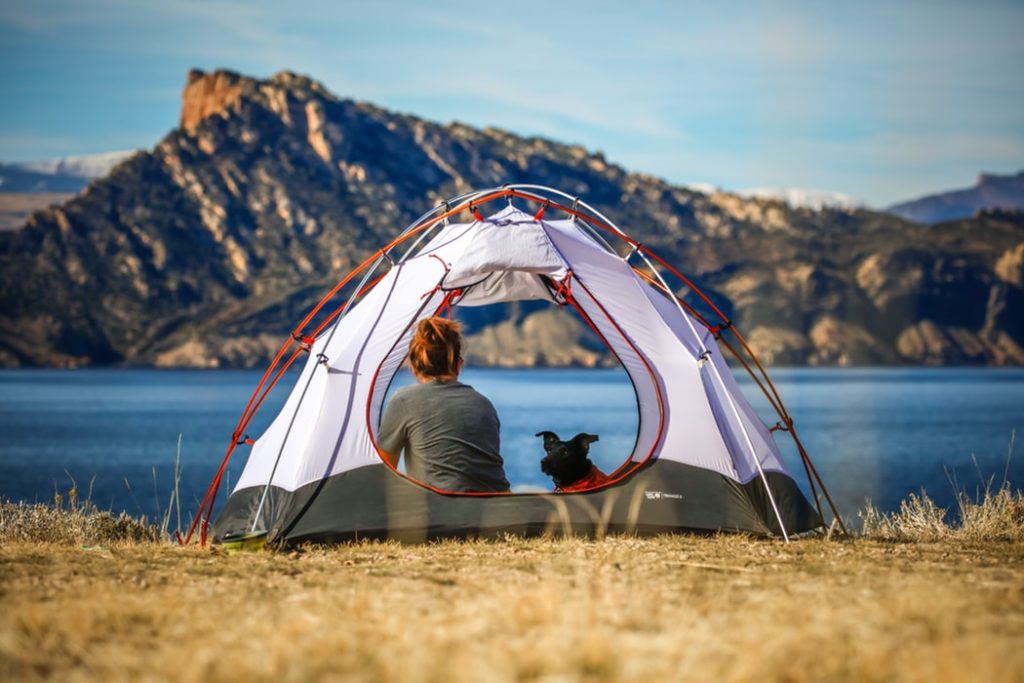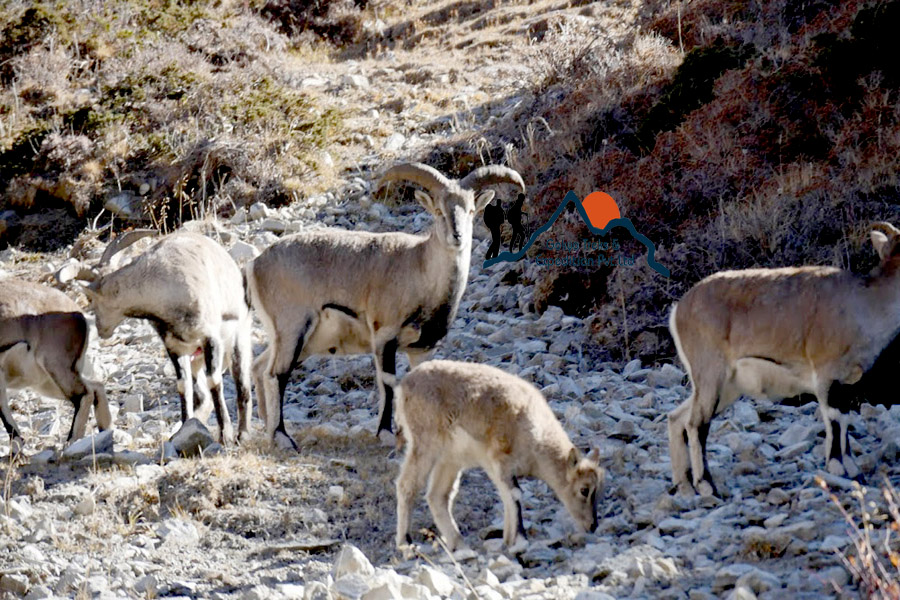Flora and Fauna
Nepal is a small land-locked but diverse country in terms of flora and fauna, culture, language, and religion. The altitude of Nepal fields from the lowland Terai 60 meters above sea level (southern part of Nepal) to the highest summits in the world (summit of Everest 8848 mt).
Many students ask what is flora and fauna?, Flora and fauna refer to plants and animals in the broadest sense of the words, encompassing pretty much all life on Earth.
Nepal has the most magnificent scenery in the world within the great diversity of flora and fauna. It has the richest feature of diversity and is incomparable elsewhere in the world.
Between Nepal’s geographical limit, one may find every type of vegetation, from the treeless steppes of the Trans-Himalayan region. The birch, silver fir, larch, and hemlock of the higher valleys to the oak, pine, and rhododendron of the medium altitudes and the large Sal and Sissau trees are in the southern parts or on lowland altitudes in Nepal.

Importance of flora and fauna in Nepal – flora and fauna introduction
According to Gokyo Treks Nepal, we are simply describing flora and fauna examples in a very easy way. Nepal’s flora and fauna divide into four zones according to its landscapes.
Tropical Zone (up to 1000m/3,280 feet)
The Tropical Zone includes the low land of Terai. The main tree species of this area are Sal, Semal, and many more, and Pinus Rosburghi occurs on Churia hills at higher ridges.
Two-meter-high elephant grass initially covered much of the large valleys (Dun valleys). But now it has been largely replacing agricultural communities. This tropical region is the richest area of Nepal for wildlife conservation, rivers with dolphins, and as well as bird variety.
Subtropical Zone (1100m-2400m/ up to 7,872 feet)
The subtropical zone includes the Mahabharat Lekh, which soars to the height of about 2400 meters. Great rivers such as the Karnali, Narayani, and Sapta Koshi flow through this area into the broad plains of the Terai. Acer oblongum, several species of oak, and rhododendron cover the higher slopes where deforestation has not yet taken place.
Orchids clothe the stems of trees and gigantic climbers softest their heads. The flora and fauna variety increases progressively with decreasing altitude and increasing luxuriance of the vegetation.
This zone is generally poor in animal – wildlife. The only mammals, which are at all widely distributed, are wild boar, barking deer, Ghoral, and bears. Different varieties of birds are also found in this zone.
Temperate Zone (2500m- 4000m/ up to 13,120 feet)
Northward, on the lower slopes, we can find oaks and pines up to 7,872 feet. Furthermore, we can find dense conifer forests including Picea, Tsuga, Larix, and Abies-spp. Basically, the tree line is 4,000 meters, Rhododendron, bamboo, and maples are commonly associated with the coniferous zone.
The Combination of the forest varies considerably with coniferous predominating in the west and ericaceous in the east. The wildlife of this region includes the Himalayan bear, serow, goral, barking deer, wild boar, and Himalayan Thar. The Red panda is among the more interesting mammals found in this zone. The rich several splendid pheasants, comprising the Danfe pheasant, Nepal’s national bird.

Sub Alpine and Alpine Zone (above 4000m/13,120 feet)
Crossing above the tree line, you can see Rhododendron, Juniper scrub, and other woody vegetation may extend. It goes continues up to the lower limit of constant snow and ice at about 5100 meters. The mammal’s fauna is poor and unlikely to include any species other than Himalayan Marmots, Mouse hare, Thar, Musk deer, Snow leopard, and occasionally blue sheep.
In former times, the wild Yak and great Tibetan sheep can be seen in this region. There is an opportunity that some of them may still survive in the areas like Dolpa and Humla, and birds like lammergeyer, Snowcock, Snowpatridge, and Bunting, with redstarts and dippers often seen along the streams and rivulets.
Yaks are the only livestock, which flourishes at high altitudes. They serve both back and working animals. With this wonderful flora and fauna, Nepal is marked as a wildlife paradise. It is also the best destination for naturalists and foresters to research.

